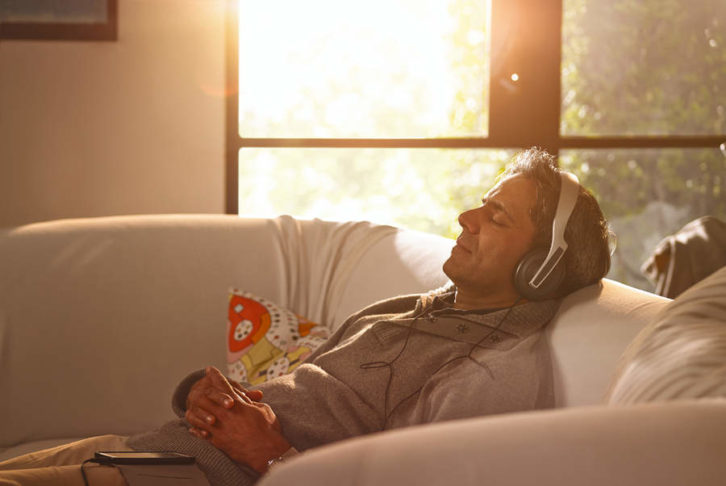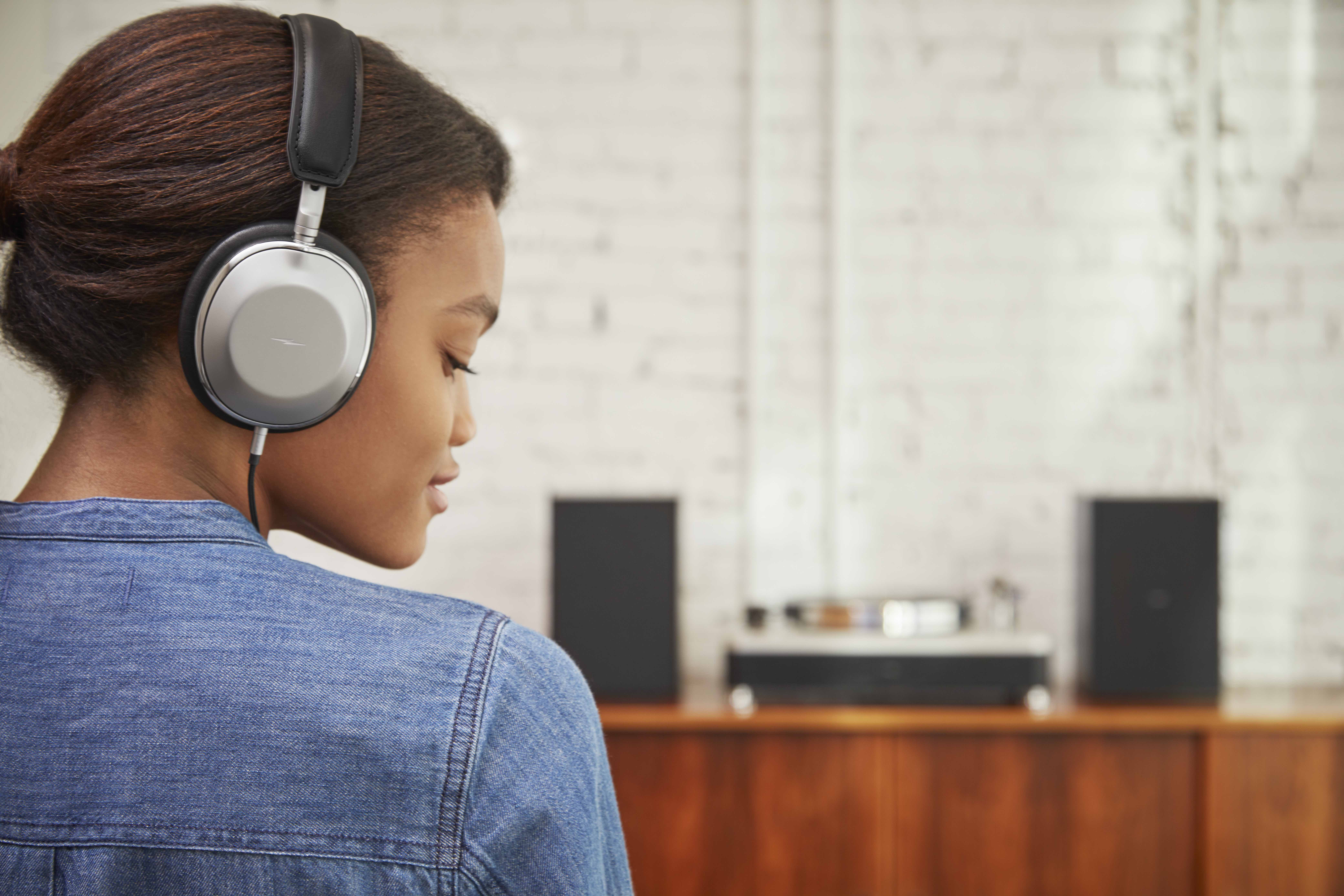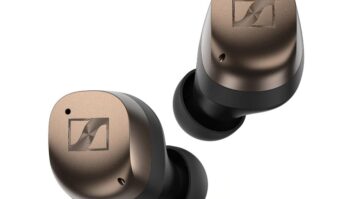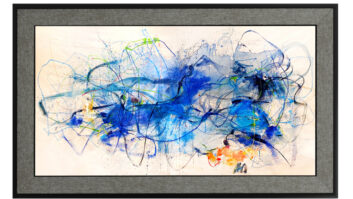
For 25 years now, mainstream listeners have become accustomed to lossy, low-bitrate music. For audio enthusiasts that’s been a longstanding gripe, but it appears to be finally over. With lossless and hi-res streaming about to go mainstream, bit-reduced audio will now go the way of the 8-track. That leaves an entire generation of listeners that don’t know anything better and probably thinks they can’t hear a difference. Audiophiles — this is a moment for true public service. Spread the word: high-quality audio is not only back, it’s better than ever.
RIP Lossy

Let’s face it, MP3 and other lossy codecs were a good idea in the 90s when they were needed. They deserve the credit for making today’s music delivery ecosystem possible. They made acquisition cheaper and easier so more listeners got to hear more music. Since they also made distribution cheap and easy, they brought a lot of new music into the world and created a lot of new music lovers. Lossy codecs did their job. They deserve a hand on their way out.
They also deserve the back of the hand, because they foisted a quarter-century of sterile audio listening that has resulted in billions of tin ears. Perceptual codecs have shaped the world of music listening as surely as stereo did more than a half century ago, and not in a positive way. Mainstream listeners are hard pressed to appreciate musical subtleties when for years, algorithms have taught them (and many musicians and engineers) that these subtleties aren’t really “necessary” to hear. That work now has to be un-done.
They Can Hear It Too
In many cases, ordinary, non-audiophile people are shy about their listening skills. Many of them think they can’t hear differences in audio and only golden-ear types like you can. Testing has even shown that some young people actually prefer the flat, see-through sound of bit-reduced audio. This is madness that experienced listeners are duty-bound to fix.
Begin your public service by assuring your friends and all who’ll listen that they really can hear the difference. The rational among them will immediately understand that more digital information means more sound. Even non-technical folks already understand that when they save a small JPEG of a family photo it doesn’t look as good as the original. When you tell them that an MP3 routinely throws out 75-80% of a song’s data, you’ve likely made a convert. Those who need more proof are often quickly convinced with a simple comparison between lossy and lossless tracks, even without formal A-B-X testing. Play it for them. Let them hear the difference. They’ll thank you for it.
 The Hardware Is Changing With It
The Hardware Is Changing With It
In a world where “normal” listening material was compromised and low-fidelity, the equipment to play music ended up compromised too. Manufacturers with longstanding, prestigious reputations for performance and fidelity were forced to build (or license) Bluetooth speakers and headphones to stay competitive. Sound quality took a back seat to size, price, cosmetics and other factors that don’t move anyone the way music does.
Now that master-quality audio content is going mainstream, so too will the equipment to play it back. This will be particularly true of personal listening, because headphones/earbuds have become a dominant product category. Features that are today seen mainly on professional and audiophile models, such as balanced armatures (BAs) for extended high end fidelity, will become mainstream gear, as consumers demand hardware that can take advantage of studio-quality music. Because digital signal processing has made so many giant strides since the days of MP3, high-quality listening can even live alongside such modern features as active noise cancellation (ANC), without suffering deal-breaking sonic results. That listening experience is fresh even for seasoned enthusiasts.
The Listening World Has Changed
Many died-in-the-wool audiophiles are indifferent to wireless audio, but there’s no doubting that it’s here to stay, especially for personal listening. Naturally, your friends will be asking you, their audio guru, for product recommendations. You can try to steer them toward wired cans, but you already know the disappointed look you’ll get back. Like it or not, most non-hobbyists are going to go with Bluetooth. How can you help?
If they’re looking for in-ear models, you’ll obviously want to tell them about the benefits of TWS (True Wireless Stereo). You’ll also be kind enough to explain what Bluetooth codecs do and why some are better than others for music. Technically speaking, even the best Bluetooth transmissions are not 100% lossless. However, the data rate and bit depth of the new hi-res codecs are so much higher than standard Bluetooth. Your friends will immediately hear the difference in fidelity when their in-ears combine a hi-res codec with a good driver package such as a hybrid dynamic speaker – BA setup.
Mostly you’ll want to cut your non-audiophile friends some slack, because listening is different today than it was during the last golden age of audio. Today, people enjoy music while they run or exercise, while they’re at their desks, while walking down the street. Obviously none of these are ideal monitoring conditions, but for real-world use, ANC is not only a must-have feature, it’s arguably as important to the listening experience as good frequency response

And the Gates Are Swinging Open
Rejoice — these audio advances are moving our hobby and our passion to greater mass acceptance. On the software side, lossless streaming is evolving from a niche business, and is coming soon from giants like Apple and Spotify. On the hardware side, the top engineering labs are offering turnkey development platforms that are bringing cutting-edge audio capabilities to a broad variety of established and new brands, at a range of price points. A renaissance of good sound is now in the making.
There’s never been a better time to be an audiophile. Digital audio has made tremendous strides and will continue to evolve even further. Some lossless services will even deliver spatial 3-D audio; imagine the benefits for gamers and cinephiles. Good quality sound finally matters again. To those who already know the pleasures of deep listening and flawless reproduction, company’s coming. If we help people find out about it, just watch how fast the audio world will grow.
See also: Another View: Creating A Culture Of Engaged Producers












